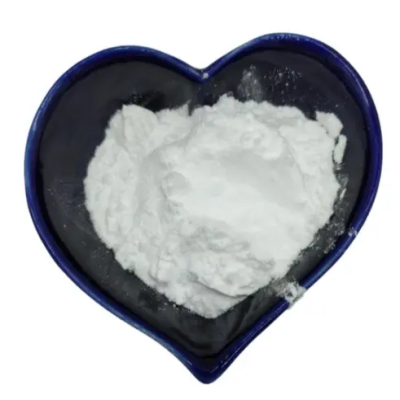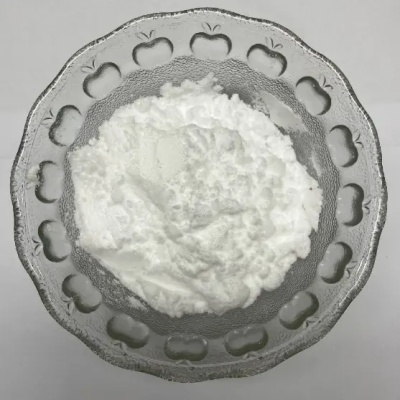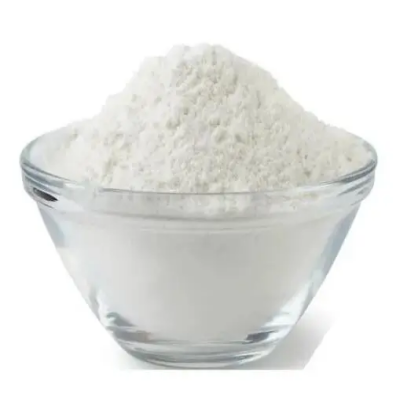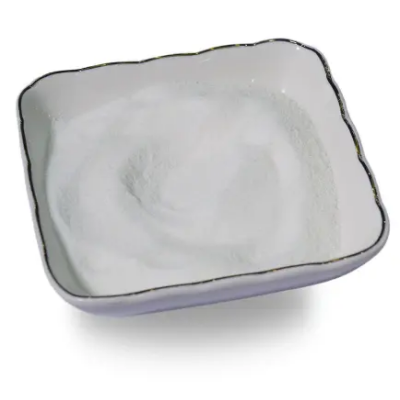(1S)-1-Phenyl-1,2,3,4-tetrahydroisoquinoline CAS:118864-75-8
THIQ is characterized by its fused ring structure, comprising a phenyl ring and a tetrahydroisoquinoline moiety. This structural motif confers flexibility and reactivity, making it amenable to diverse chemical transformations and pharmacological applications. Chemical Applications THIQ demonstrates utility in several chemical contexts: Medicinal Chemistry: THIQ and its derivatives have shown promise as potential drug candidates in areas such as neuroscience, oncology, and cardiovascular diseases due to their diverse pharmacological activities. Organic Synthesis: Its versatile reactivity enables the construction of complex molecular scaffolds, making it valuable in the synthesis of natural products and pharmaceutical intermediates. Catalysis: THIQ derivatives have been explored as catalysts in asymmetric synthesis, facilitating the creation of chiral molecules with high enantioselectivity. Pharmacological Properties THIQ exhibits a range of pharmacological effects, including: Neurotransmitter Modulation: Some THIQ derivatives act as neurotransmitter agonists or antagonists, affecting neurotransmission in the central nervous system and offering potential therapeutic applications in neurological disorders. Antioxidant Activity: Certain THIQ derivatives possess antioxidant properties, which may be relevant in combating oxidative stress-related conditions such as neurodegenerative diseases and aging. Antimicrobial Effects: Studies have suggested antimicrobial activity for select THIQ derivatives, indicating potential applications in antimicrobial drug development. Synthetic Routes THIQ can be synthesized through various methods, including: Pictet-Spengler Reaction: A classical method involving the condensation of an amino acid derivative with an aldehyde or ketone, yielding a THIQ scaffold. Metal-Catalyzed Reactions: Transition metal-catalyzed processes, such as hydrogenation or cyclization reactions, provide alternative routes to THIQ derivatives with high efficiency and selectivity. Future Directions Future research and applications for THIQ include: Drug Discovery: Further exploration of THIQ derivatives as lead compounds in drug discovery efforts targeting diverse therapeutic areas. Catalysis: Development of novel catalytic processes utilizing THIQ-based catalysts for efficient and selective synthesis of complex molecules. Medicinal Chemistry: Optimization of THIQ derivatives for improved pharmacological properties and target selectivity, expanding their therapeutic potential. Conclusion In conclusion, (1S)-1-Phenyl-1,2,3,4-tetrahydroisoquinoline represents a valuable scaffold in organic chemistry and drug discovery, offering versatility in synthetic routes and pharmacological activities. Its structural diversity and pharmacological properties make it an intriguing target for further research and development across multiple scientific disciplines, with potential applications ranging from medicine to materials science. Continued exploration of THIQ and its derivatives holds promise for advancing both basic scientific understanding and practical applications in diverse fields.



| Composition | C15H15N |
| Assay | 99% |
| Appearance | white powder |
| CAS No. | 118864-75-8 |
| Packing | Small and bulk |
| Shelf Life | 2 years |
| Storage | Store in cool and dry area |
| Certification | ISO. |


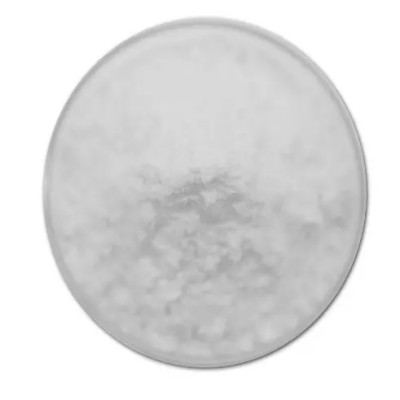

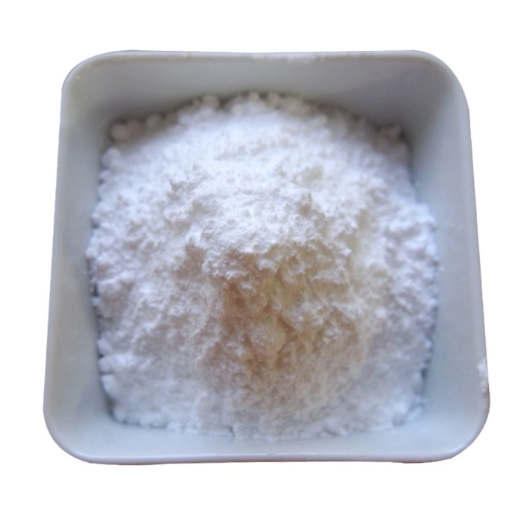
![1,8-Diazabicyclo[5.4.0]undec-7-ene CAS:6674-22-2](https://cdn.globalso.com/xindaobiotech/1ZNB2ZF342ZWRNG153.png)
